Arcadia
Interactive Recycling Station for Georgia Tech Campus

Arcadia
Interactive Recycling Station for Georgia Tech Campus

Role
Experience Designer, Physical Prototyping, Programmer
Details
Group project (team of three), 4 months
Tools used
Sketch, Audacity, Illustrator, Fusion 360, Arduino, Processing
Users
Students, faculty and other staff on Georgia Tech campus
TL;DR
The problem
How might we encourage more and correct recycling on campus?
Our solution
We went through the user centered design process with a focus on elements of play to create an environmental experience. Embracing a gamified experience, we created an arcade machine with a simple question and poll results. In order to use our product, the user recycles their can or bottle, and scores bonus points by emptying their drinks in a separate location. With arcade-styled audio and visual feedback, we created a delightful experience users would excitedly use to vote for their side.
Setup Topics to Vote on
Setting up trivial questions that people have strong opinions on to encourage interaction
Correct Recycling
Correct action will be rewarded with positive audio-visual feedback and +2 score!
Incorrect Recycling
Incorrect action still be rewarded with +1 score but will get a negative audio-visual feedback
Project Video
Understanding how trash works at GT
We conducted observation sessions across heavily used areas like the GT Student Center and Library to understand how recycling is done and what are the reasons that prevents people from recycling correctly.

What did we learn
We noticed that while trashcans will fill up quickly, recycling stations rarely fill at all. We also noticed students rarely diverging from the expected traffic flow the building lends itself to.
People won't put in extra effort to get rid of their trash - They just go to the closest trashcan and dump the trash without looking.
Mixed trashcans were placed in more accessible locations as they take less space and improve efficiency in busy areas. It won't work to replace all of them with recycle bins.
Who are we designing for ?
We created two personas based on the insights to help us resonate empathy with the users' goals, needs, motivations, and lifestyles.
Brainstorming
After we analyzed why mixed trashcans fill faster than recycle bins, we started brainstorming ideas for how can we motivate users use the recycle bins. We were able to identify several themes our design should use to help solve user needs while still maintaining scope.
Educate and notify users of recycling status
Create a motivational element a user will remember
Engage people with interactions while recycling
Gamify the experience which will increase motivation
Easy to see and interact with without any additional learning to use.
Initial Concept
Then we started to construct the concept of an interactive recycle bin, which took the two key
motivating elements: "gaming" and "voting".
Embracing humor and the college student's need for non distracting play, we believed students voting
for their opinions might be motivating enough to engage.
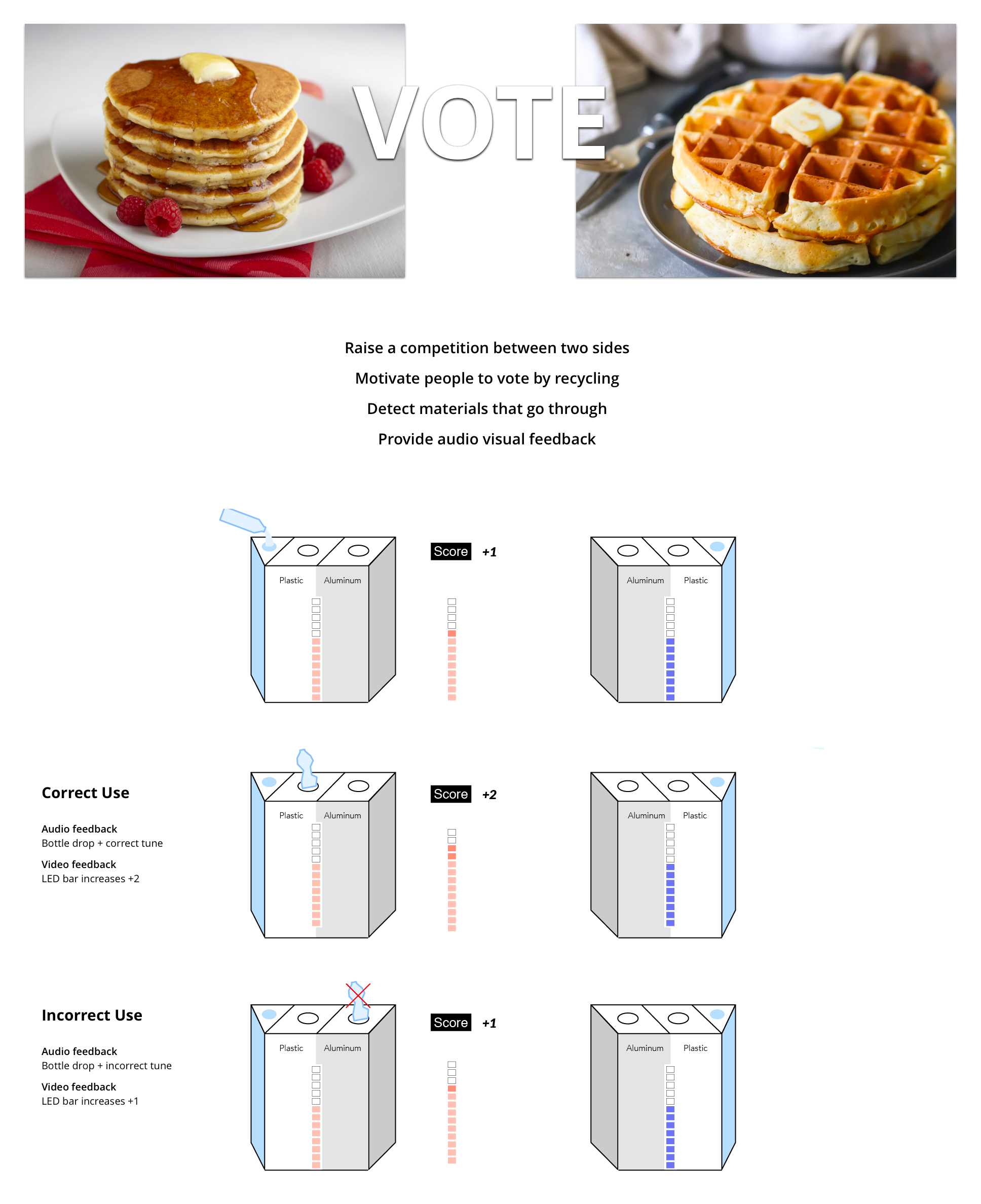
Concept Validation
In order to quickly test our call to action, we placed cardboard boxes around several campus locations. We purposely provided little instructions in order to test what users would do on their own instincts. Over a weekend, a low traffic time period, we received a surprisingly large number of responses and methods of voting.
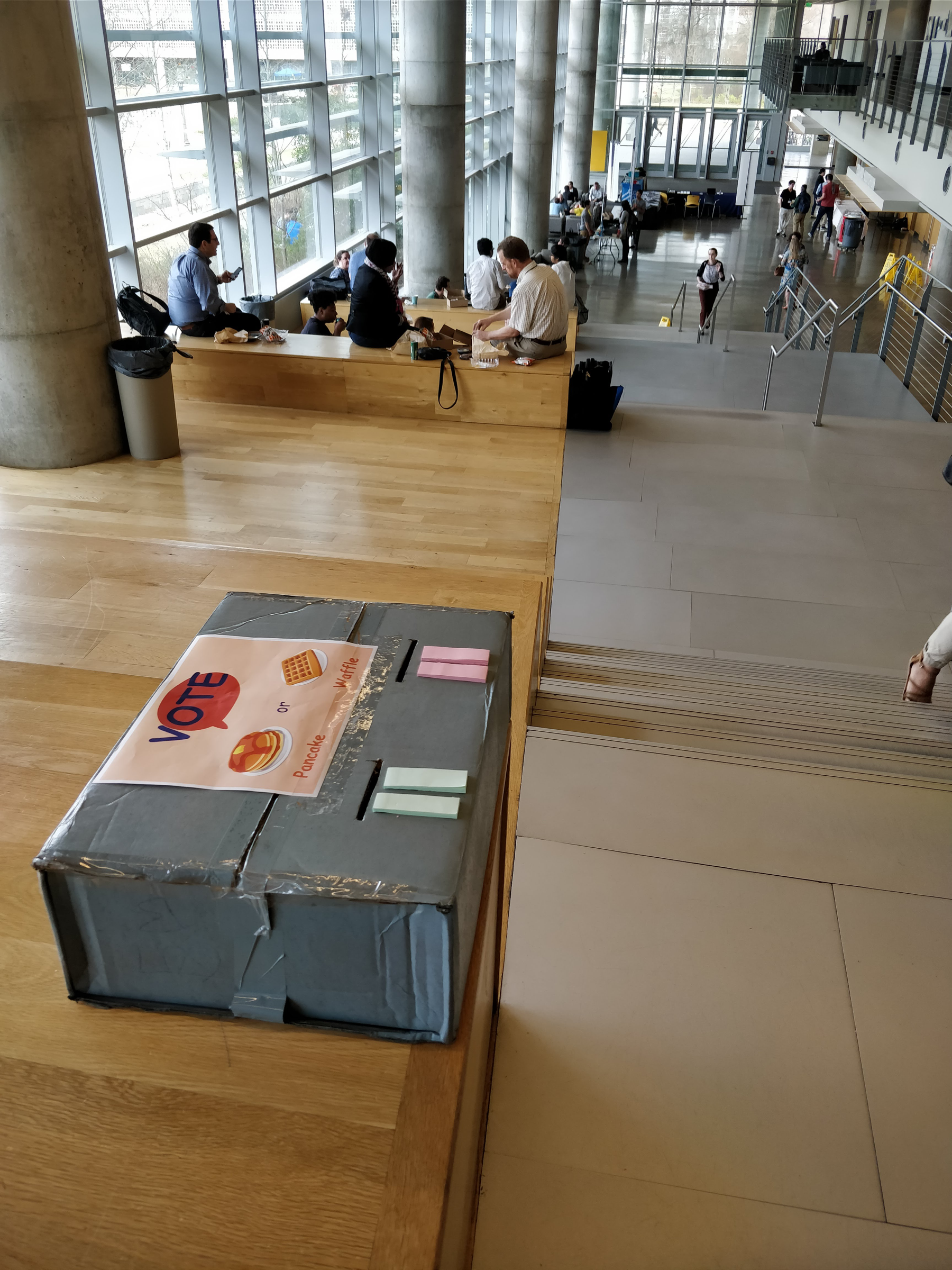
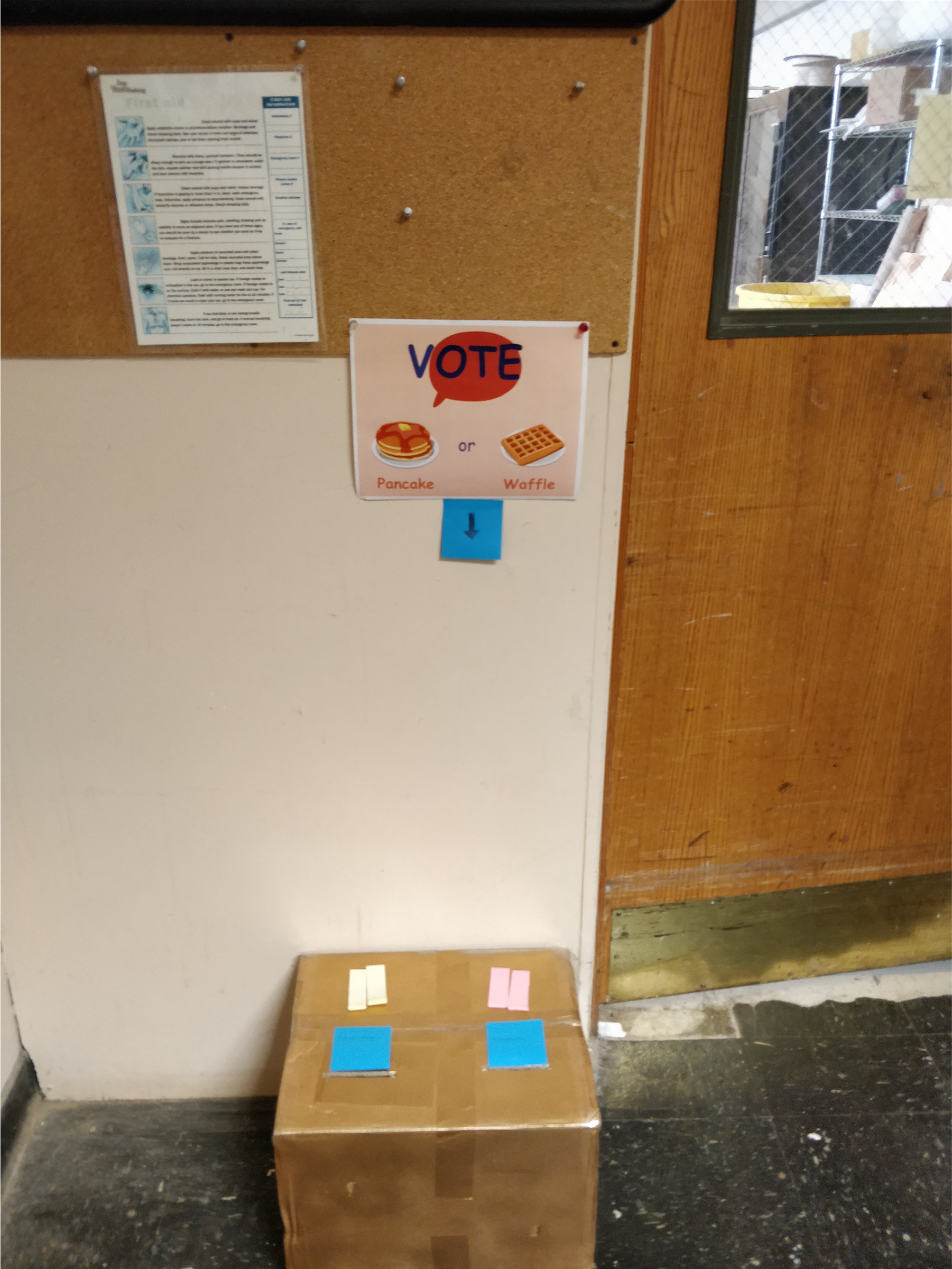
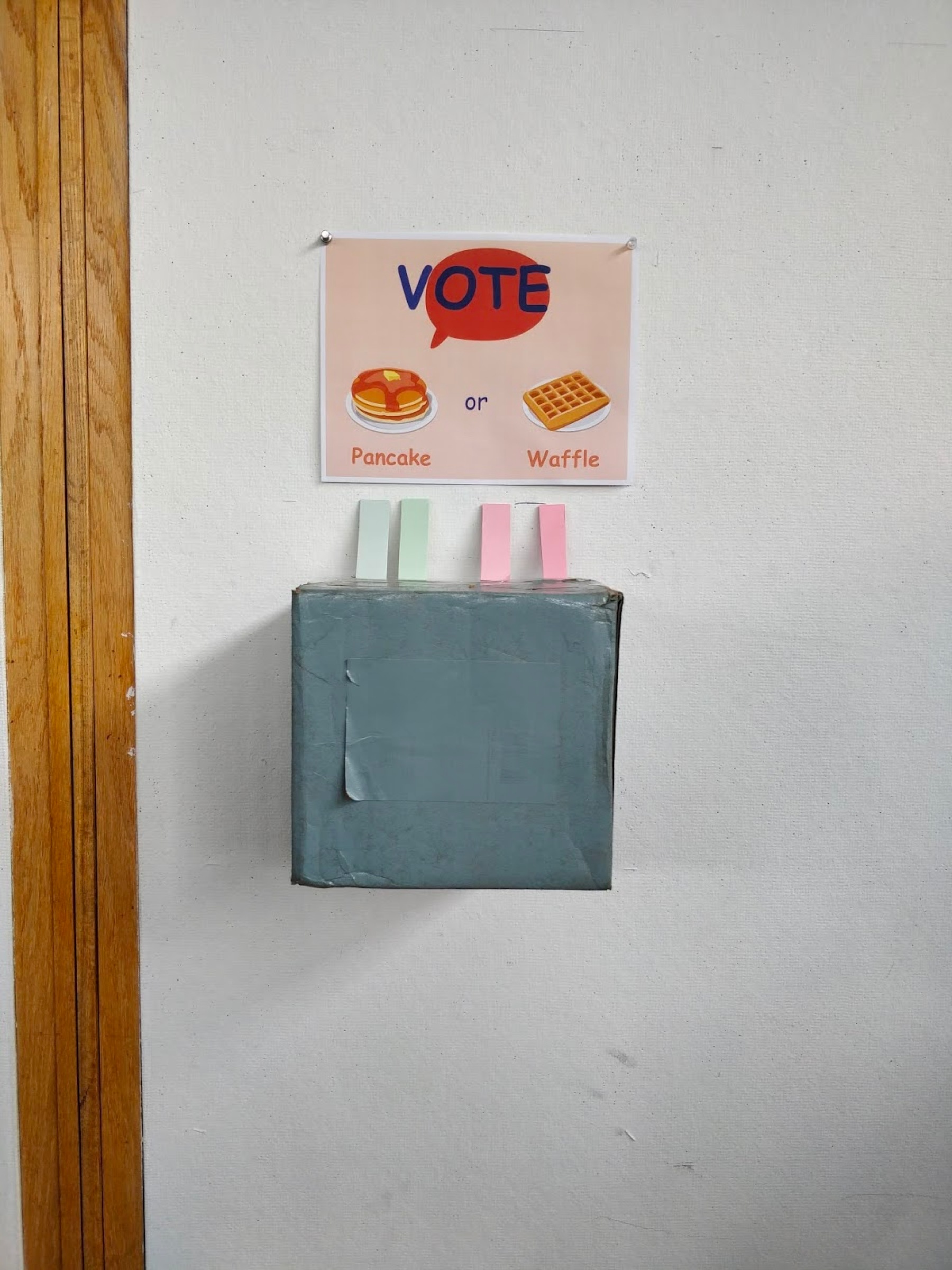
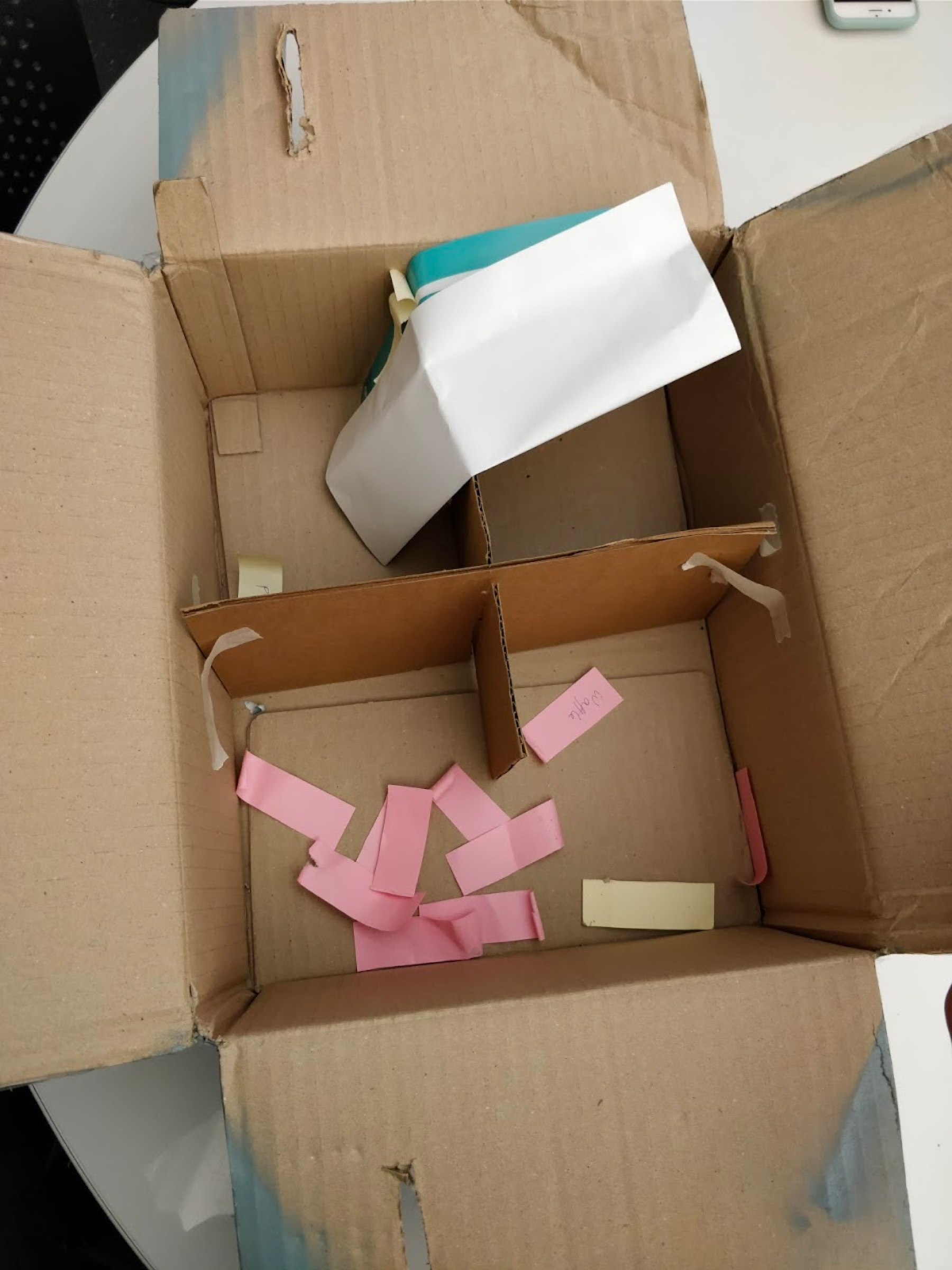
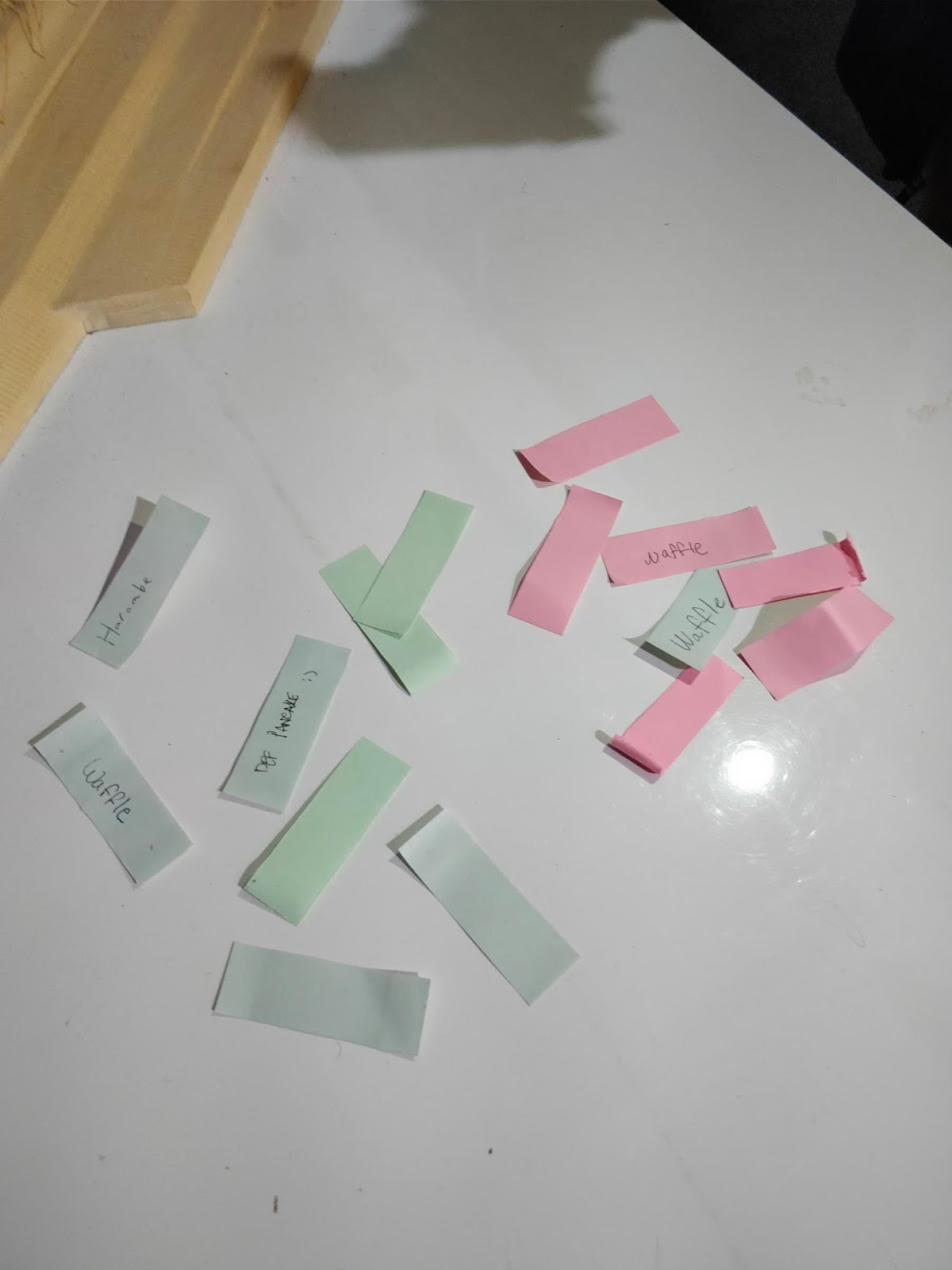
How will the experience be ?
We created an experience map to break down the entire process of interacting with the recycling station.
The final concept
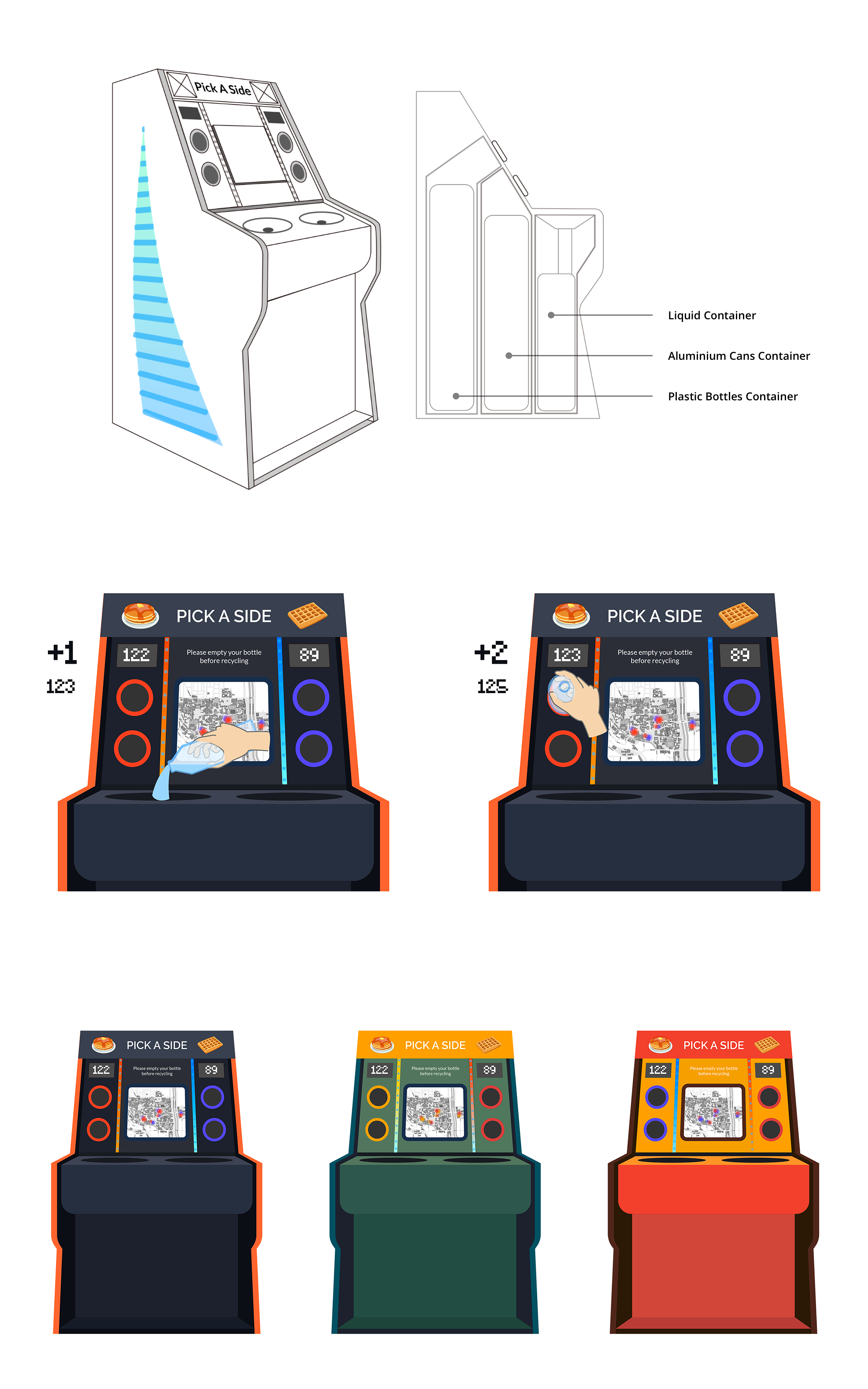
System Diagram
Audio Interaction Design
I created the audio interaction with positive reinforcement concept.
No matter what material they throw in the plastic or aluminium chutes, arcadia will play the audio
of the intended material that is supposed to be thrown inside that chute. It will be followed by the
decision
audio, correct or incorrect.
To go with the arcade machine theme, I choose the 8 bit retro video game sound effects to add delight to
the expeirence.
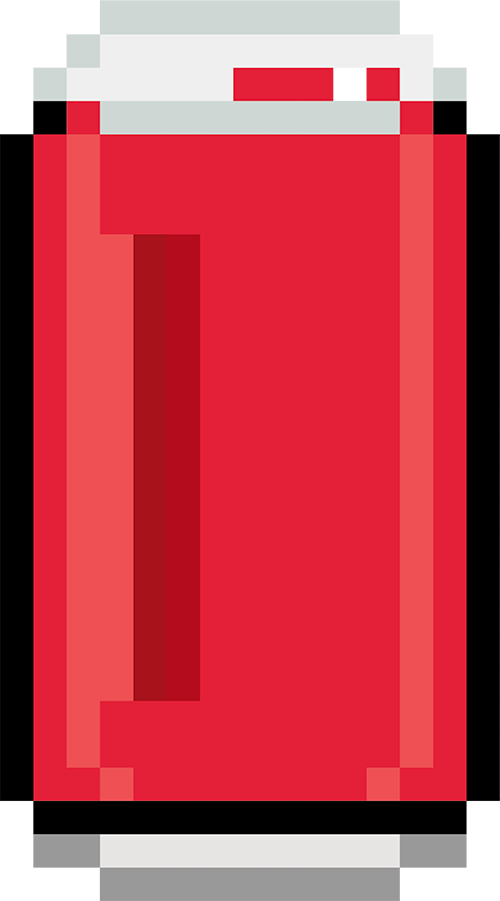



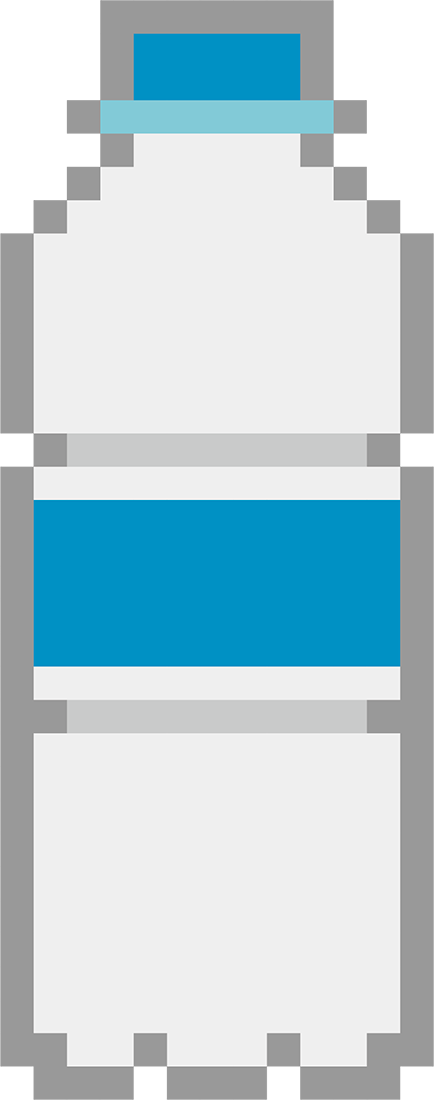



And we started building
A quick cardboard model was made at 1:1 scale to help us get a sense and confirmation of size and act out the physical interactions that a user would do with this design.
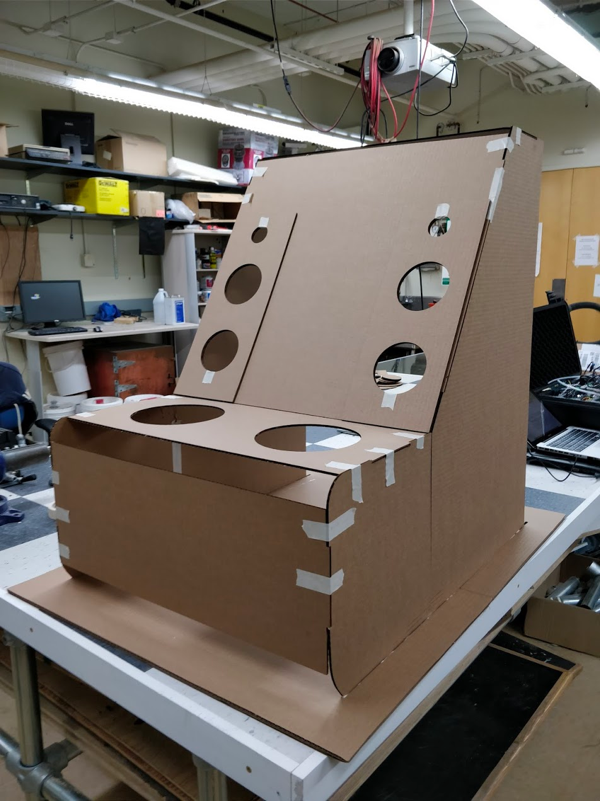
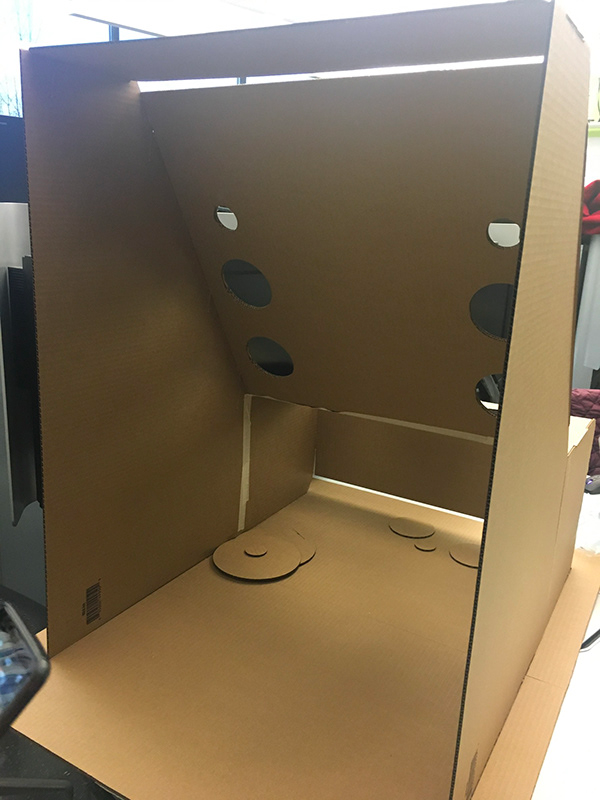
After several late-night Home Depot runs, our arcade machine started to embody. We assembled the entire
thing with wood boards.
The team's favorite part of building was painting the surface and least favorite was sanding it.
The main body was fabricated from CNC and laser cut plywood. The CNC slots allowed the body to sandwich
together with a clean outer surface without any visible screws to hide. This method also allowed us to
create removable pieces for any design and fit changes that might need to be made later.
Implementing the electronics was a challenge. We used Arduino to read and control all the electronics. Our processing code runs on a laptop which we hid at the back of the kiosk. You can see me debugging the error right before our user test.
The team had fun building it. The following group pictures were taken when we were making fun of "real human-computer interface" by mimicking "indifferent", "happy", "sad" emojis behind the kiosk. This joke inspired our final design of layering acrylic faces on the middle of the screen and edge lighting it to give feedback on correct or incorrect recycling.
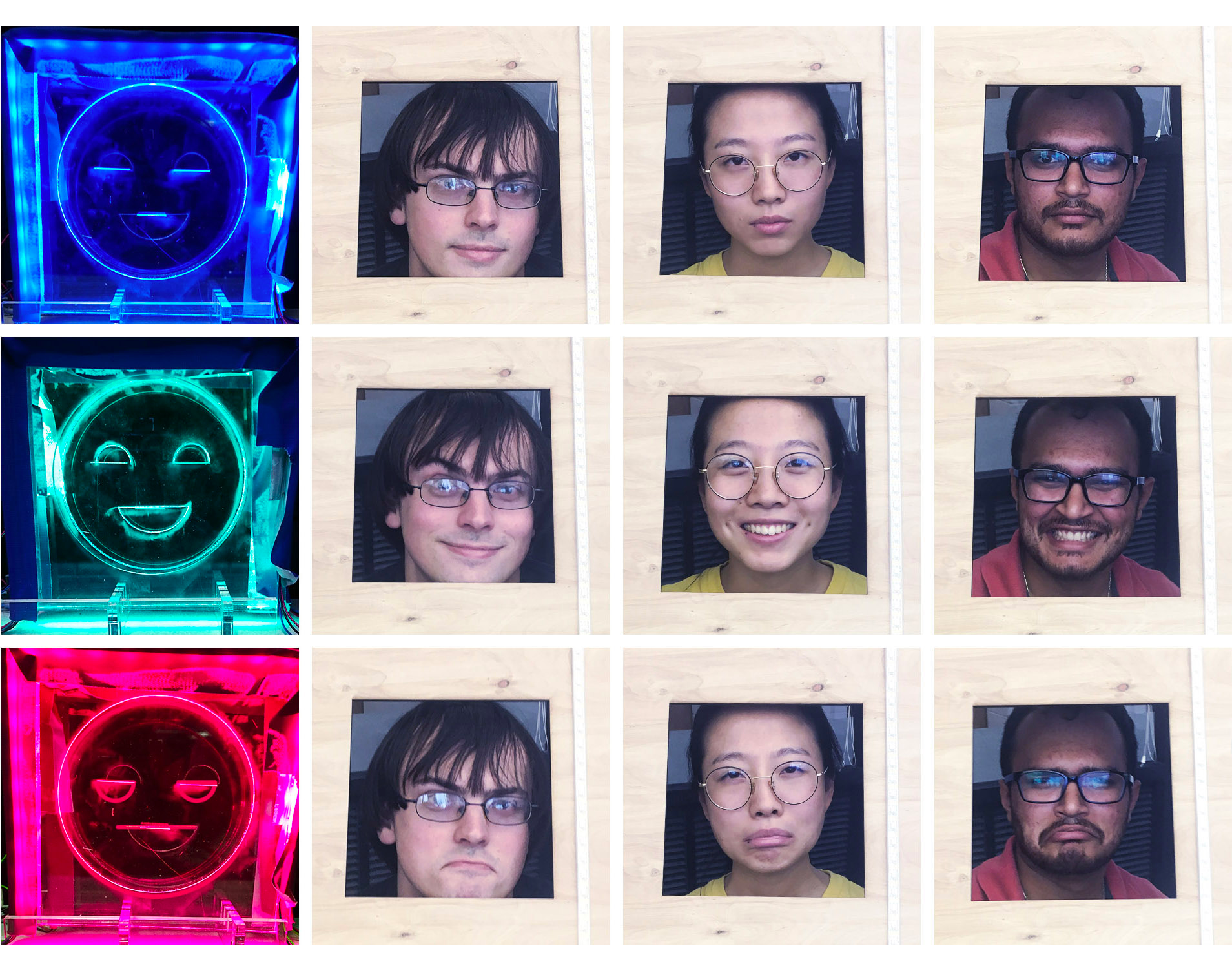
After adding some finishing touches
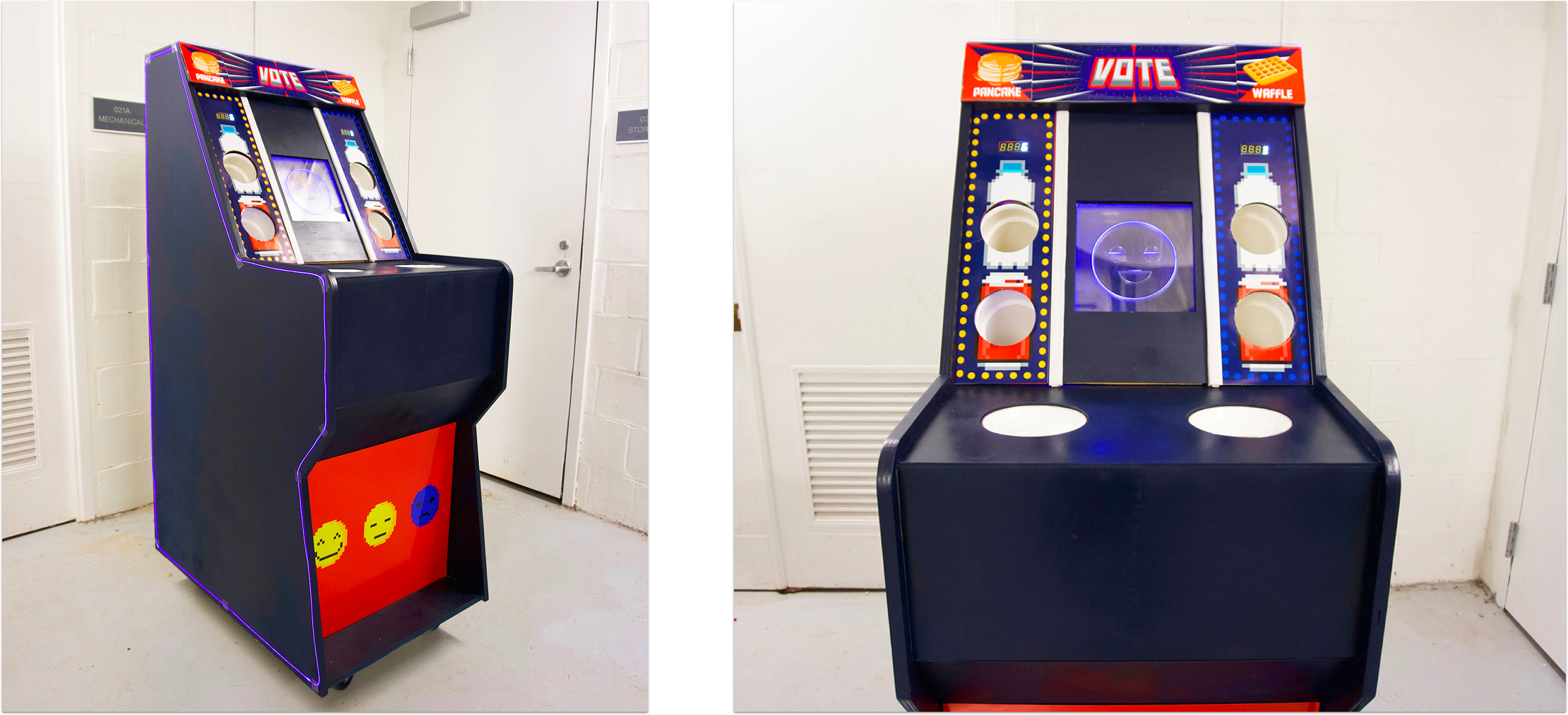
My thoughts
Design is not just problem solving, creating delight changes the game
My approach has always been to solve problems with design, but in this project I learned how much of
a difference
can a small layer of experience make to a skeleton of a good solution.
Delightful experiences don't have to be too technology heavy
You don't need to cramp up tons of sensors and complications to create an interesting interaction,
the simplest methods can evoke the best of reactions from the users. Good experience design is
figuring out how
to make the best experience with least technology.
Users don't interact exactly as you expected them to!
We designed the water chute to enforce users empty out their leftover water before throwing the
bottle/can.
It turned out that because of the bug in code, users were wasting water to add votes to their side
of choice.
Complementary skillsets in the team are a blessing
We could not have achieved the entire design, build and deploy for Arcadia if we all had similar
backgrounds. Each memeber
brough unique skills to the table and we collaborated well to ensure we got to the finishing line.
Even our instructor was
surprised!